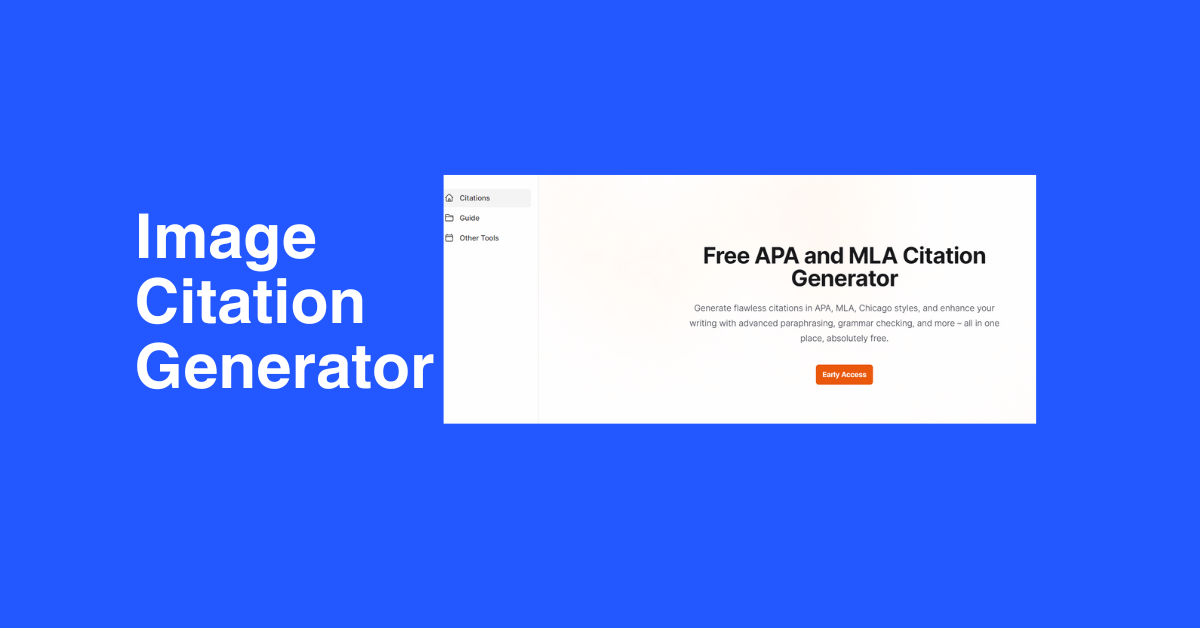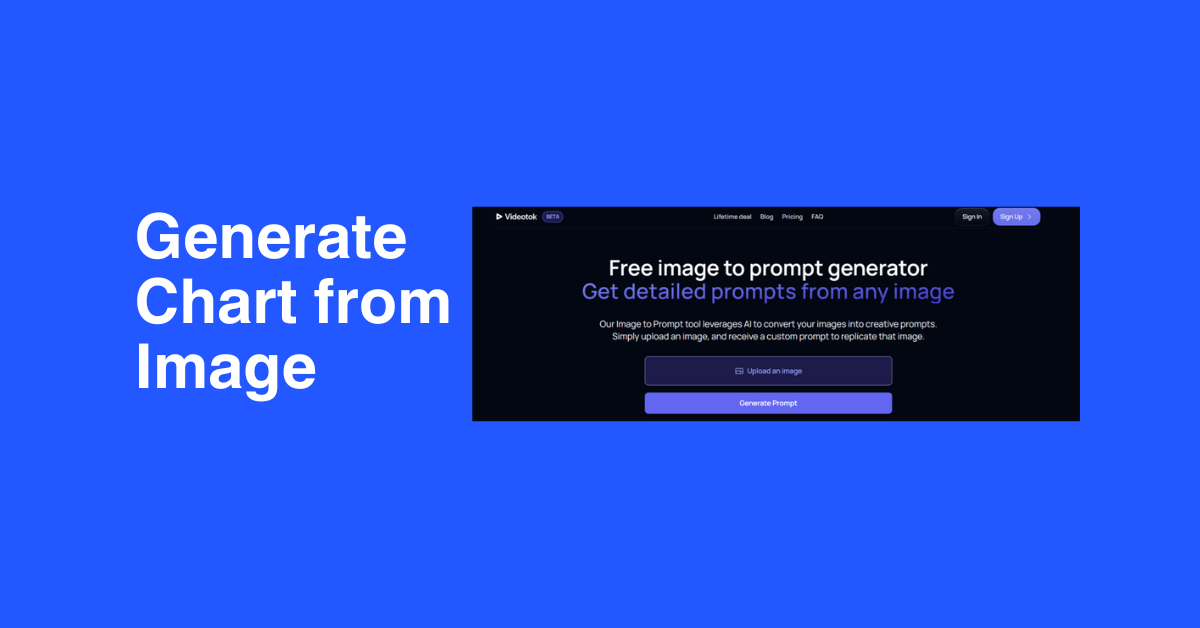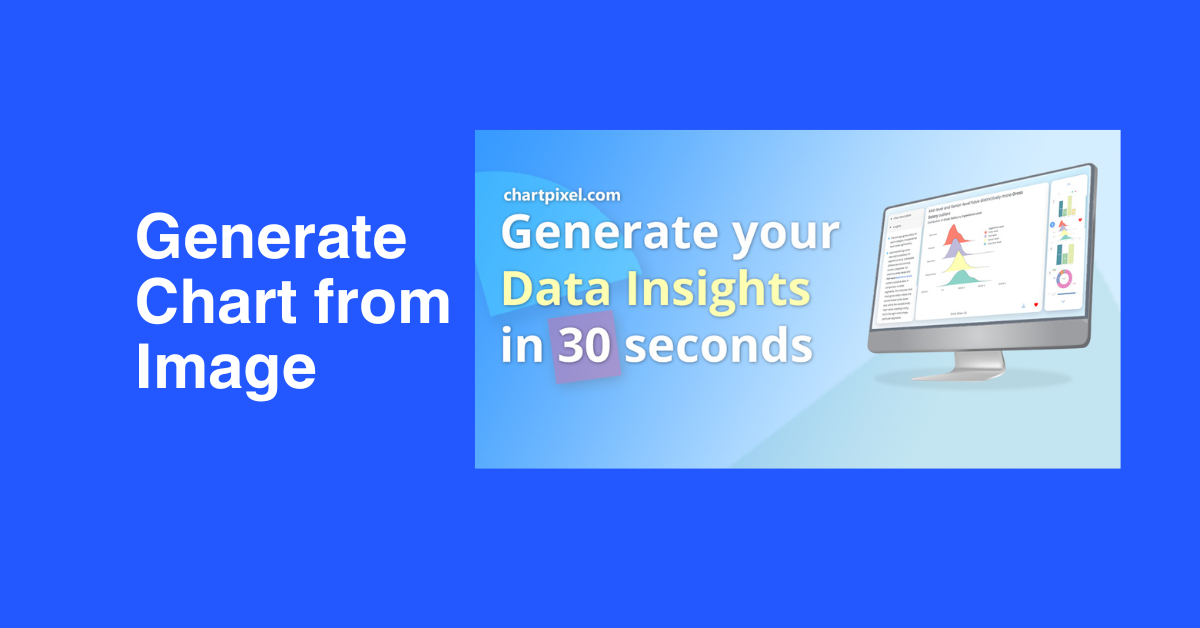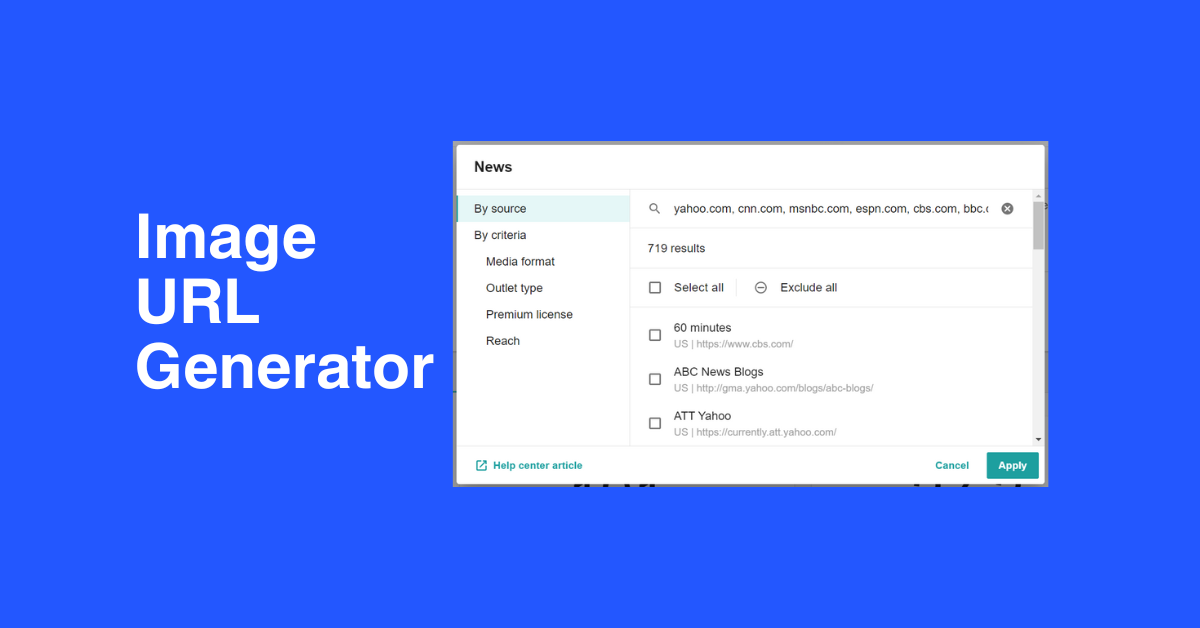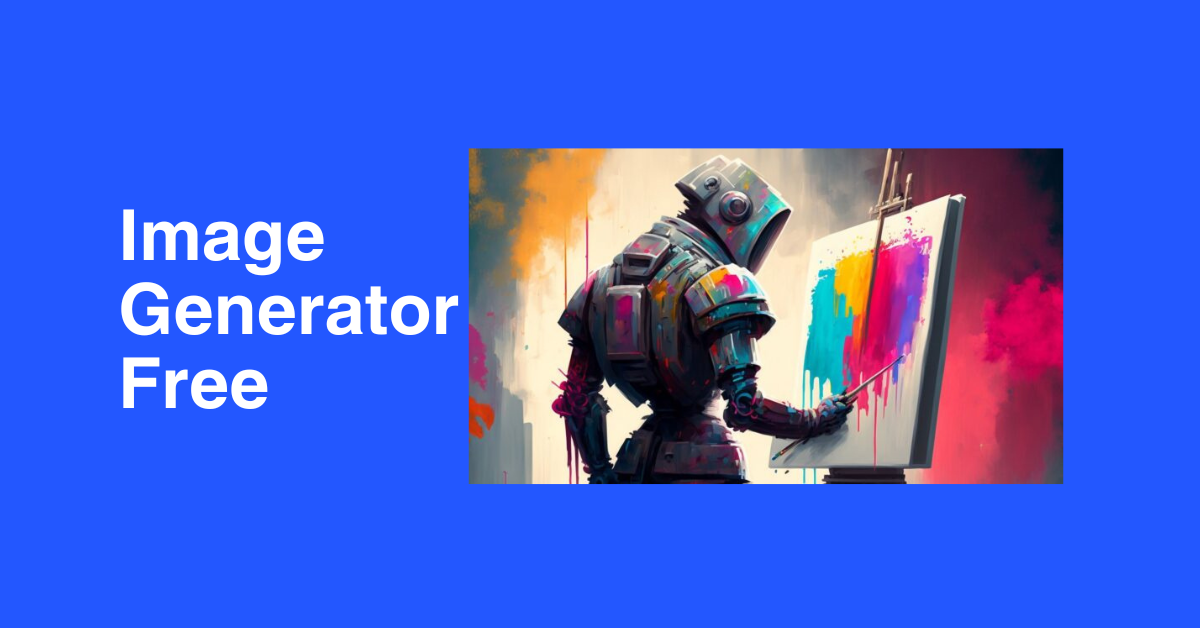
AI Image to Image Generator: Transform Your Visuals Effortlessly
- Image Generators
- November 5, 2024
- No Comments
In the age of rapid technological advancement, AI image to image generators have transformed how we create, consume, and interact with visual content. These revolutionary tools allow users to take existing images and reimagine them by applying artistic styles, enhancing details, or even changing entire themes. As we delve deeper into the world of AI Image to Image Generators, we’ll explore the underlying technology, their applications across industries, ethical considerations, and their impact on the creative landscape.
AI Image to Image Generators: A Revolution in Visual Content Creation

The rise of AI Image to Image Generators represents a seismic shift in how we approach visual artistry and design. Unlike traditional graphic design methods that rely heavily on human input and creativity, these AI systems leverage deep learning algorithms to generate new visuals based on user-defined parameters or input images. This innovative approach not only streamlines the creative process but also democratizes art and design, making them accessible to individuals without a formal background in these fields.
The Accessibility of Creative Tools
Traditionally, creating high-quality visual content required extensive training in design software and an understanding of artistic principles. However, with the advent of AI Image to Image Generators, anyone with a basic understanding of how to upload an image can produce stunning visual artwork. For instance, someone who has only a rudimentary grasp of Photoshop can now generate unique illustrations or modify photographs through intuitive interfaces provided by these AI tools.
This accessibility fosters creativity among a broader audience, encouraging experimentation and innovation. It allows hobbyists, marketers, and even businesses to harness the power of artistic expression without requiring years of experience. Consequently, these technologies are reshaping our perception of creativity, blurring the lines between amateur and professional artistry.
The Role of Interactivity in Art Creation
One of the most captivating aspects of AI Image to Image Generators is their interactive nature. Users can experiment with various inputs, adjusting parameters and styles to see how the AI responds in real time. This dynamic interaction fosters a sense of collaboration between human and machine, presenting opportunities for co-creation.
For example, an artist might start with a sketch, input it into an AI generator, and receive multiple iterations inspired by different artistic styles. By continuing to modify the input based on AI suggestions and outputs, the artist can refine their vision while simultaneously exploring uncharted territories. This synergy elevates the creative process to a collaborative adventure, prompting novel ideas and insights.
Pushing Boundaries in Artistic Expression
AI Image to Image Generators also challenge conventional norms by pushing the boundaries of what constitutes art. The concept of authorship is evolving, as the contributions of machines become more intertwined with those of humans. Artists can now explore unconventional aesthetics or combine disparate elements seamlessly, leading to entirely new art forms.
Through such explorations, creators are encouraged to redefine their understanding of originality and authorship. The result is a rich tapestry of visuals that draw from diverse influences, ultimately fostering a more inclusive and multifaceted approach to art creation.
Understanding the Technology Behind AI Image to Image Generators

To grasp the significance of AI Image to Image Generators, it’s crucial to understand the technology that powers them. At the heart of these systems lies deep learning, a subset of machine learning that utilizes neural networks to analyze and generate data.
Neural Networks and Their Functionality
Neural networks are designed to mimic the way human brains process information. They consist of interconnected nodes (neurons) that work together to identify patterns and relationships within data sets. In the context of image generation, these networks are trained on vast amounts of visual content to recognize features such as shapes, colors, textures, and styles.
During training, the network learns to discern intricate details, enabling it to generate new images that maintain a semblance of coherence while introducing creative variations. This process is often facilitated by two primary components: the generator and the discriminator.
Generative Adversarial Networks (GANs)
One of the most influential architectures for AI image generation is the Generative Adversarial Network (GAN). A GAN comprises two neural networks—the generator and the discriminator—that work in opposition to each other. The generator creates new images, while the discriminator evaluates their authenticity by comparing them to real images.
As the generator produces images, the discriminator provides feedback, helping the generator refine its outputs over time. This adversarial process results in increasingly realistic and visually appealing images. GANs have revolutionized the field of artificial intelligence by producing outputs that blur the line between genuine artistry and machine-generated creations.
Style Transfer Techniques
Style transfer is another pivotal technique employed by AI Image to Image Generators. This method allows users to apply specific artistic styles—such as impressionism, cubism, or abstract—to their images. By separating the content of an image from its style, the algorithms can recreate visuals that retain the original subject while adopting the desired aesthetic.
The magic of style transfer lies in its ability to merge creativity with technology, offering artists a powerful tool for inspiration and exploration. It enables the reinterpretation of existing visuals, encouraging artists to reimagine their work through the lens of different art movements.
Top AI Image to Image Generators: A Comparative Analysis
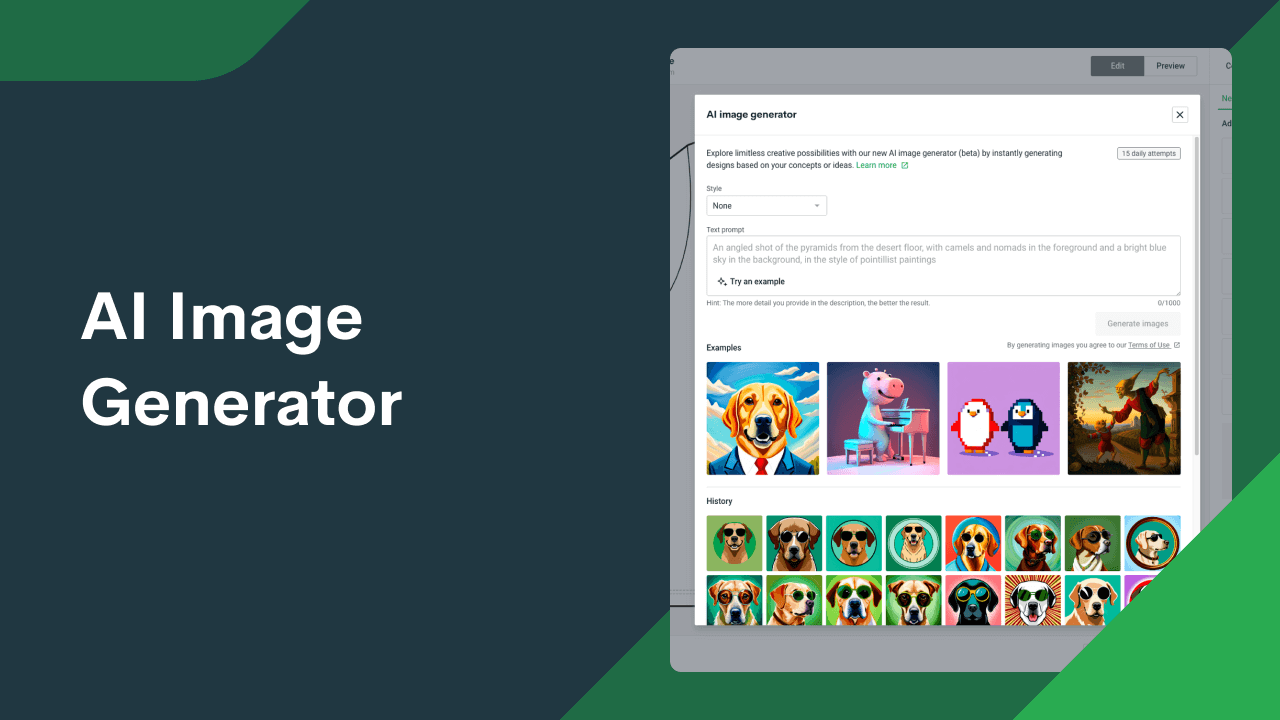
The market for AI Image to Image Generators has exploded, resulting in numerous platforms competing for attention. Each generator offers unique features and capabilities tailored to different user needs. Below, we will compare some of the top players in this space.
DALL-E 2
Developed by OpenAI, DALL-E 2 has garnered significant attention due to its remarkable ability to generate intricate images based on textual descriptions. This revolutionary model allows users to input phrases that describe the desired scene, which DALL-E interprets and renders into stunning visuals.
DALL-E’s versatility makes it suitable for various applications, including marketing materials, concept art, and social media content. Its ability to combine seemingly unrelated elements into cohesive designs opens up endless creative possibilities. However, the requirement for structured input can present challenges for users who wish to utilize existing images rather than textual prompts.
Midjourney
Midjourney is known for its focus on artistic and stylistic transformations. Users can submit images and receive multiple outputs reflecting different aesthetics or creative interpretations. Its unique community-driven approach allows artists to collaborate, share ideas, and inspire one another. This social aspect encourages experimentation and exploration, making it a favorite among digital artists.
Midjourney also stands out due to its user-friendly interface and intuitive workflows, enabling both seasoned professionals and newcomers to navigate the platform effortlessly. While it may not have the same technical depth as DALL-E, its strength lies in enhancing creativity and artistic expression.
Stable Diffusion
Stable Diffusion is an open-source AI image generator celebrated for its speed and efficiency. It excels in generating images with high fidelity while allowing for greater flexibility in customization. Developers interested in building their own applications can easily adapt Stable Diffusion’s architecture to suit their needs.
With its extensive library of training data, Stable Diffusion showcases a broad range of styles and genres. Users can dive deeply into the world of AI-generated art, experimenting with various configurations and settings to capture their desired outcomes. The open-source nature significantly contributes to ongoing improvements and innovations within the community.
Applications of AI Image to Image Generators: From Design to Art
The potential applications of AI Image to Image Generators are vast and varied, spanning numerous industries and creative contexts. From commercial design to personal artistic endeavors, these tools are reshaping the way we conceptualize and produce visual content.
Marketing and Advertising
In the realm of marketing, visuals play a critical role in storytelling and brand identity. AI image-to-image generators enable marketers to quickly create captivating graphics, advertisements, and promotional materials tailored to specific campaigns.
By using AI tools to enhance product images, marketers can produce visuals that resonate with audiences and spark interest. The speed at which these images can be generated allows for agile responses to market trends, ensuring brands remain relevant in a fast-paced digital landscape.
Additionally, AI-generated images can help brands experiment with diverse concepts and styles, exploring different angles to find the most resonant messaging. Ultimately, these generators empower businesses to push creative boundaries while optimizing their marketing strategies.
Video Game Development
The gaming industry is an early adopter of AI technologies to streamline development processes. AI image-to-image generators can assist game developers by providing concept art, character designs, and environmental landscapes with minimal manual effort.
By leveraging these tools, developers can explore various designs rapidly and iterate on ideas based on player feedback. The ability to visualize environments and characters in multiple styles fosters creativity and flexibility, resulting in immersive gaming experiences that captivate players.
Furthermore, AI-generated assets can serve as placeholders during the development phase, allowing teams to focus on core gameplay mechanics while refining visuals over time. This acceleration of the creative process grants developers more time to polish and innovate.
Fashion and Textile Design
In the fashion industry, visual storytelling is essential to engaging consumers and conveying brand identity. Designers can utilize AI image-to-image generators to craft unique clothing patterns, textile designs, and fashion illustrations that align with current trends.
The technology enables designers to quickly visualize concepts and prototypes, expediting the design process and reducing time-to-market. By experimenting with various styles and color palettes, designers can remain ahead of the curve, capturing consumer attention with one-of-a-kind pieces.
Moreover, AI-driven insights can inform designers about consumer preferences and emerging trends, allowing for a data-informed approach to creation. This fusion of creativity and analytical thinking positions fashion companies to thrive in an increasingly competitive landscape.
The Impact of AI Image to Image Generators on the Creative Industry
As AI Image to Image Generators become more prevalent, their impact on the creative industry cannot be overstated. The integration of AI tools is redefining workflows and challenging traditional notions of artistry.
Redefining Creativity
One of the most significant effects of AI Image to Image Generators is the redefinition of creativity itself. Historically, creativity has been viewed as an innate human trait, characterized by originality and emotional depth. However, with AI tools contributing to the creative process, this perspective is evolving.
The collaboration between human artists and AI raises questions about authorship, ownership, and creativity’s essence. Artists are no longer solely responsible for the final output. instead, they play an integral role in guiding the AI, infusing their unique perspectives and intentions into the creations. This collaborative dynamic ushers in a new era of creativity, wherein human ingenuity combines harmoniously with machine capabilities.
Changing Skill Sets and Job Roles
The emergence of AI Image to Image Generators is also altering the skill sets required in creative professions. Designers, artists, and marketers must now develop fluency in AI tools and embrace a hybrid approach to creativity—blending technical skills with artistic vision.
While some fear that AI could replace jobs, the reality is that it augments human capabilities, allowing professionals to focus on higher-level decision-making and strategy. As repetitive tasks become automated, creatives can devote their time to ideation, refinement, and building connections with audiences.
Additionally, new job roles are emerging that specialize in integrating AI into creative processes, such as AI curators, prompt engineers, and generative artists. These roles highlight the growing importance of expertise in navigating the intersection of technology and art.
Fostering Collaboration Across Disciplines
AI Image to Image Generators are facilitating collaboration across disciplines, breaking down silos between artists, designers, technologists, and marketers. This cross-pollination of ideas allows for the fusion of different perspectives and methodologies, ultimately enriching the creative landscape.
For instance, graphic designers collaborating with software developers can create innovative tools that enhance user experience, while artists working with data scientists can reveal new insights about audience preferences. The convergence of various fields encourages holistic approaches to creativity and problem-solving.
Moreover, the rise of online communities centered around AI-generated art fosters collaboration and knowledge sharing. Artists can learn from one another, exchange techniques, and inspire fresh ideas, cultivating a vibrant ecosystem driven by collective creativity.
Ethical Considerations in the Use of AI Image to Image Generators
As AI Image to Image Generators continue to proliferate, ethical considerations arise regarding their use. It is essential to address these issues thoughtfully to ensure the responsible and equitable application of this technology.
Ownership and Copyright
One of the foremost concerns surrounding AI-generated images is the question of ownership and copyright. When an image is produced by an AI system, determining who owns the rights to that image can be complex. Is it the user who provided the input? The developers of the AI model? Or does the image exist in a legal gray area since it was generated by a machine?
These questions amplify the need for clear guidelines and legislation addressing intellectual property rights in the context of AI-generated content. As creators increasingly rely on AI tools, establishing ownership frameworks will be critical for protecting artists’ rights and ensuring fair compensation for their contributions.
Potential for Misinformation and Manipulation
AI Image to Image Generators also pose challenges related to misinformation and manipulation. With the ability to generate hyper-realistic images, there is a risk that malicious actors could exploit these tools to create misleading visuals that distort reality.
The implications of deepfake technology, wherein AI generates fake images or videos, raise serious ethical concerns regarding trust and credibility. As these technologies become more accessible, it becomes imperative to advance transparency and accountability measures to mitigate the risks associated with AI-generated content.
Bias in AI Models
Another pressing ethical consideration is the inherent bias within AI models. AI Image to Image Generators are trained on vast datasets, which may reflect societal biases and stereotypes. If left unchecked, these biases can perpetuate harmful representations and reinforce existing inequities.
Developers and researchers must prioritize fairness and diversity in training datasets to counteract these biases. Ensuring that a wide range of voices and perspectives is represented in the data used for training can lead to more equitable and inclusive AI-generated content.
The Future of AI Image to Image Generators: Advancements and Trends
As technology continues to evolve, the future of AI Image to Image Generators is filled with exciting possibilities. Ongoing advancements promise to enhance their capabilities, broaden their applications, and reshape the creative landscape.
Enhanced Realism and Customization
Future iterations of AI Image to Image Generators are expected to achieve even greater levels of realism and detail. As models are trained on increasingly sophisticated datasets, the output images will become more lifelike, allowing for seamless integration into various applications—from advertising to gaming.
Customization options will also likely expand, enabling users to fine-tune aspects of the generated images more precisely. This level of control will cater to users’ individual preferences and artistic visions, empowering them to create uniquely tailored content.
Integration with Augmented and Virtual Reality
The intersection of AI Image to Image Generators with augmented and virtual reality (AR/VR) presents transformative opportunities. As AR and VR technologies continue to mature, the demand for custom visuals will increase.
AI-generated images can play a pivotal role in enhancing immersive experiences, allowing designers to create dynamic environments, characters, and objects effortlessly. The ability to generate visuals in real-time based on user interactions can lead to highly personalized and engaging experiences in gaming, education, and entertainment.
Democratization of Creative Technologies
The continued development of AI image-to-image generators aligns with a broader trend toward democratizing creative technologies. With more accessible tools and platforms emerging, individuals worldwide will have the opportunity to express themselves artistically, regardless of their backgrounds.
This democratization can lead to a flourishing of diverse voices and perspectives, enriching the global cultural landscape. As more people engage with AI-powered creativity, we can expect a surge in innovative ideas and artistic expressions that reflect a multitude of experiences.
Using AI Image-to-Image Generators: A Beginner’s Guide
For those looking to explore the fascinating world of AI Image to Image Generators, getting started may seem daunting. However, the process is more approachable than it appears. Here’s a simple beginner’s guide to navigating these tools effectively.
Research and Choose the Right Tool
Begin your journey by researching the various AI Image to Image Generators available. Consider factors such as user-friendliness, output quality, and specific features that align with your creative goals. Whether you’re interested in experimenting with styles, generating images from text, or enhancing existing visuals, selecting the right tool will set you up for success.
Experiment with Input Images
Once you’ve chosen a generator, it’s time to dive in! Upload your selected images and explore the diverse options available. Many generators allow you to adjust parameters such as style, complexity, and theme. Don’t hesitate to experiment with different combinations to see how the AI interprets your input.
Keep in mind that the process may involve trial and error. Embrace the journey of discovery and enjoy the surprises that come along the way. After all, creativity thrives in unexpected moments.
Share and Collaborate
Engage with the burgeoning community of artists and creatives utilizing AI image-to-image generators. Sharing your outputs, seeking feedback, and collaborating with others can enhance your experience. Online forums, social media groups, and creative platforms provide excellent avenues for connecting with like-minded individuals.
Participating in discussions, sharing tips, and showcasing your work can inspire others and foster camaraderie within the community. Collaborative projects can further deepen your understanding of AI-generated artistry, leading to innovative results.
Case Studies: How AI Image to Image Generators are Transforming Companies
Real-world case studies highlight the tangible impact of AI Image to Image Generators on businesses across various sectors. The following examples demonstrate how organizations are harnessing this technology to drive innovation and creativity.
A Global Fashion Brand
A well-known fashion brand adopted AI Image to Image Generators to streamline its design process. By inputting sketches into the AI system, designers were able to generate multiple high-quality renderings of clothing items in various styles and colorways.
This enabled the team to refine their designs quickly, resulting in faster decision-making and reduced time-to-market. Additionally, the AI model guided the designers in exploring new patterns and styles they may not have considered otherwise.
The implementation of AI technology allowed the brand to launch collections more efficiently while maintaining a strong visual identity that resonated with customers.
An Independent Graphic Design Studio
An independent graphic design studio integrated AI Image to Image Generators into its workflow to enhance client deliverables. By leveraging the technology, the team could produce mock-ups and visual concepts in a fraction of the time it would take using traditional design methods.
The AI-generated visuals served as conversation starters with clients, allowing for quick iterations based on feedback. This adaptability increased client satisfaction and strengthened relationships with stakeholders. Furthermore, the studio could allocate more time to high-level creative strategy, solidifying its position as an industry leader.
A Video Game Development Company
A video game development company utilized AI Image to Image Generators to accelerate the production of art assets for its latest title. The team employed the technology to create concept art for diverse environments and character designs.
By utilizing the AI’s capabilities, the developers could explore various aesthetics, ranging from realistic to stylized art. This experimentation enriched the game’s visual narrative and enhanced the overall player experience.
The integration of AI-generated assets streamlined the development timeline, allowing the company to release its game ahead of schedule while delivering compelling visuals that captivated audiences.
The Potential of AI Image to Image Generators for Personal and Creative Expression
Beyond commercial applications, AI image-to-image generators hold immense potential for personal and creative expression. These tools empower individuals to explore their creativity and manifest their artistic visions in unprecedented ways.
Individual Exploration of Identity
AI Image to Image Generators offer a unique avenue for self-exploration and reflection. Individuals can use these tools to visualize aspects of their identities, beliefs, and experiences. By experimenting with imagery that resonates with them, users can create meaningful representations of their journeys.
Whether it’s through blending personal photographs with artistic styles or generating visuals that capture emotions, AI technology serves as a medium for self-discovery. This exploration fosters a deeper connection to one’s identity and experiences, promoting introspection and creativity.
Expanding Artistic Horizons
For established artists, AI Image to Image Generators can serve as sources of inspiration and innovation. By incorporating AI-generated visuals into their practice, artists can break free from creative blocks and explore new artistic directions.
The technology encourages experimentation with different styles, techniques, and concepts, allowing artists to venture beyond their comfort zones. This expanded artistic horizon can lead to groundbreaking discoveries and refreshing perspectives that enrich their bodies of work.
Building Communities of Creatives
AI image-to-image generators also facilitate the formation of communities centered around shared interests and artistic passions. Online platforms allow users to connect, collaborate, and showcase their creations, fostering a sense of belonging and support.
Through participation in challenges, exhibitions, and collaborative projects, creatives can share ideas, gain exposure, and learn from one another. These vibrant communities create opportunities for networking and growth, ultimately nurturing a culture of creativity and innovation.
Conclusion
AI image-to-image generators are ushering in a new era of visual content creation, reshaping the artistic landscape and redefining the very nature of creativity. As we explore the technology behind these generators, their applications across industries, and their ethical implications, it becomes evident that they possess the power to revolutionize how we express ourselves artistically.
From marketing campaigns to personal exploration, the integration of AI image-to-image generators empowers individuals and organizations to innovate and experiment freely. While we navigate the complexities of ownership, bias, and misinformation, it is essential to embrace the collaborative potential of AI and human creativity.
As we look to the future, advancements in AI technology will continue to unlock new possibilities for artistic expression, pushing the boundaries of what is achievable. By harnessing these tools responsibly and ethically, we can collectively contribute to a vibrant and inclusive creative future, where artistry knows no bounds.
Looking to learn more? Dive into our related article for in-depth insights into the Best Tools For Image Generation. Plus, discover more in our latest blog post on Artificial intelligence Free AI Image Generator . Keep exploring with us!
Related Tools:
Image Generation Tools
Video Generators
Productivity Tools
Design Generation Tools
Music Generation Tools
For more AI tools, explore all categories by clicking here.

